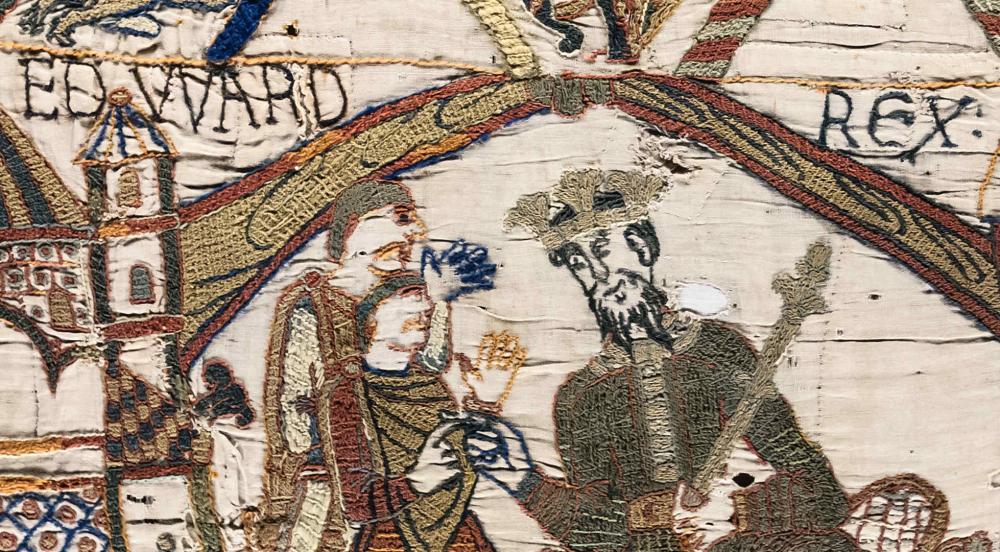British Political History, 1050-1509

This paper explores major themes —kingship, rebellion, warfare, law, identities— within the British Isles from c. 1050 to 1509. England’s political history —from the prelude to the Norman Conquest to the advent of the Tudors— is central, but the paper also opens up comparative perspectives on Scotland, Wales and Ireland, where structures and cultures were often markedly different to those found in England.
Within this comparative framework, the paper is concerned with how medieval rulership worked, both in terms of formal structures (how law was made and enforced, how revenue was raised; how royal power was projected using writing and ritual), and informal means, in particular, how relationships between rulers and elites shaped the ways in which England, Scotland, Wales and Ireland were governed.
Important questions will arise here about the nature and legitimation of royal power, the means that might be used to resist it and how a ruler might be restrained or removed. Peaceful and violent interactions within the British Isles, especially the stories of conquest and resistance when the English intervened in Ireland, Wales and Scotland are also explored in this paper, and so too are relationships with mainland Europe.
In this period the kings of England ruled, or aspired to rule, extensive lands across the Channel. Rulers throughout the British Isles also interacted with an increasingly assertive Church, reached out beyond their realms when contracting dynastic marriages and adopted military, political and cultural practices with a broader European currency, implicating them in a medieval politics that was anything but insular.
For more information see link below.
This material is intended for current students but will be interesting to prospective students. It is indicative only.
